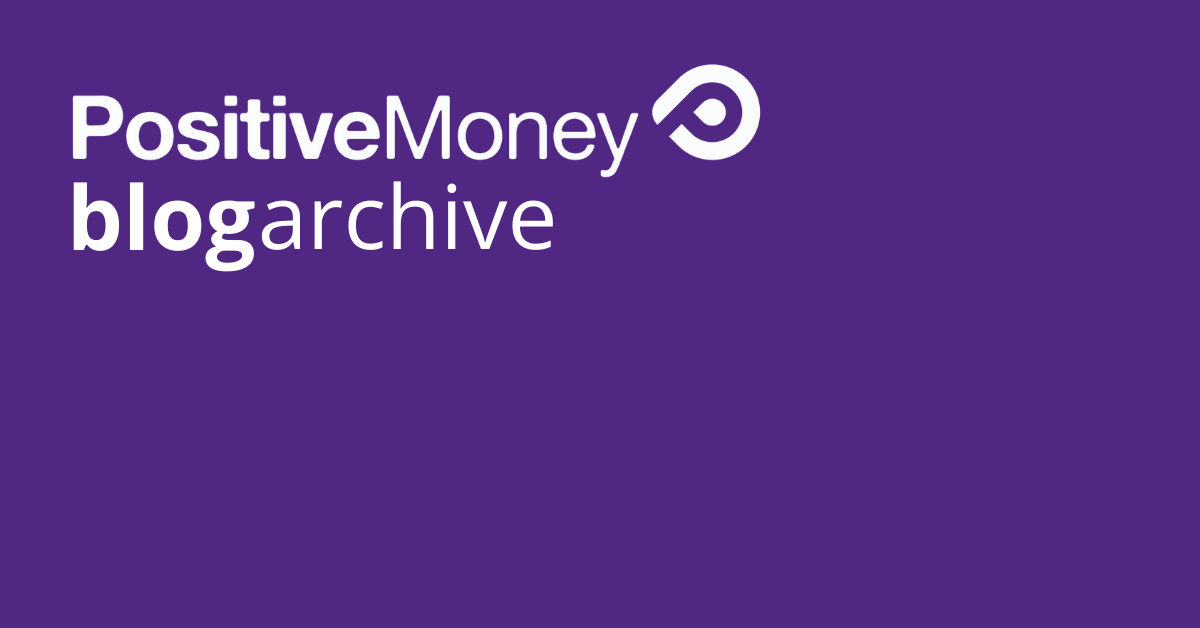How QE Delivered a Triple-Whammy of Profits to the Banks

The global quantitative easing (QE) programme has fuelled a commodities boom that has delivered banks a triple-whammy of profit streams, according to leading industry consultants, according to Guardian, 29 June 2011
The banks’ glorious profit-making circle begins with the historically low interest rates that have been sustained by the injection of trillions of dollars of QE cash into the banking system. This has made savings accounts and government bonds low-yielding and prompted investors to look elsewhere for decent and safe returns on their money, said Steven Spencer, chief executive of Traderight, a commodity trading advisor.
Much of this money has been put into commodities. Investors have sought to benefit from the soaring price of every raw material from wheat to copper.
The rise in commodity speculation represents the banks’ first profit stream. They have catered for – and fuelled – demand by creating a huge range of commodity derivatives. As a result, the amount invested in commodity funds hit a record $451bn (£281bn) in April – more than 40 times higher than a decade ago – and the banks take a small percentage cut for managing them.
But, Spencer says, such fees pale beside the amount the banks stand to make from loans to miners and other resource companies, which the trillions of dollars of taxpayer-funded QE cash injections have helped them to dish out. This represents the second of the commodity profit streams and relies upon commodity prices staying high – to ensure miners can pay back their existing loans and to encourage them to take out fresh ones to develop new sites.
The third profit stream is from banks investing their own money in commodities — so-called proprietary trading. This, like fund management and loans, benefits from high prices.
By the way, notice that they forget to mention the billions of profits of seigniorage – profits that banks achieve all the time from their privilege to create money out of nothing and lend this money at interest.
While reading about these huge profits, at the same time we keep hearing about austerity measures, the necessity of spending cuts, national debts, bancruptcies of the whole states etc. Shouldn’t it start to be obvious to average person, that something in our banking system is fundamentally wrong?
As Henry Ford once said it: “It is well enough that people of the nation do not understand our banking and monetary system, for if they did, I believe there would be a revolution before tomorrow morning.”
The good news is, that we don’t need everyone to understand the problem in our money system. We just need to achieve a critical mass. And today, with the internet and all the social networks, this task is definitely far more easy than has ever been in the history of the battle for monetary reform.